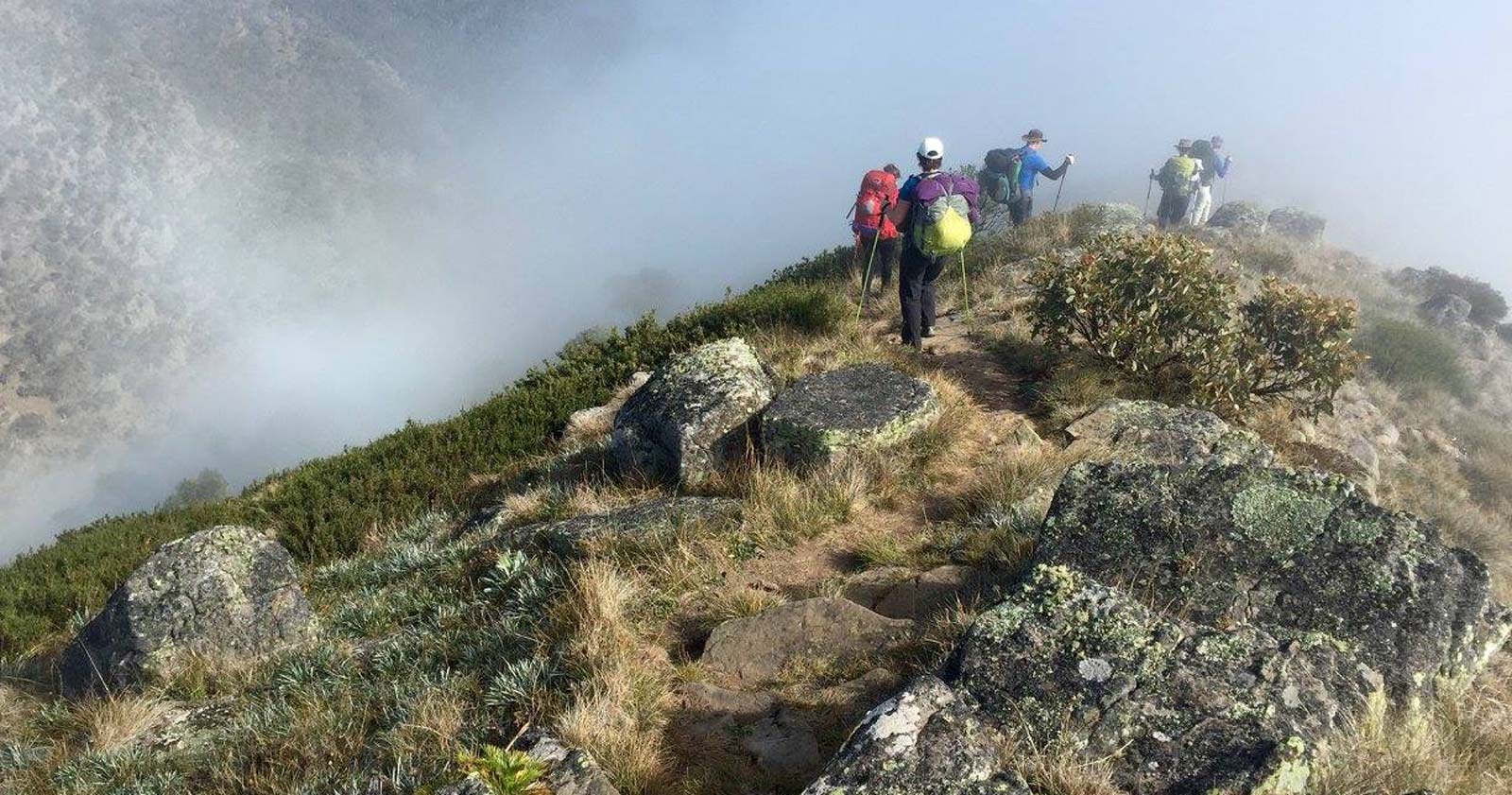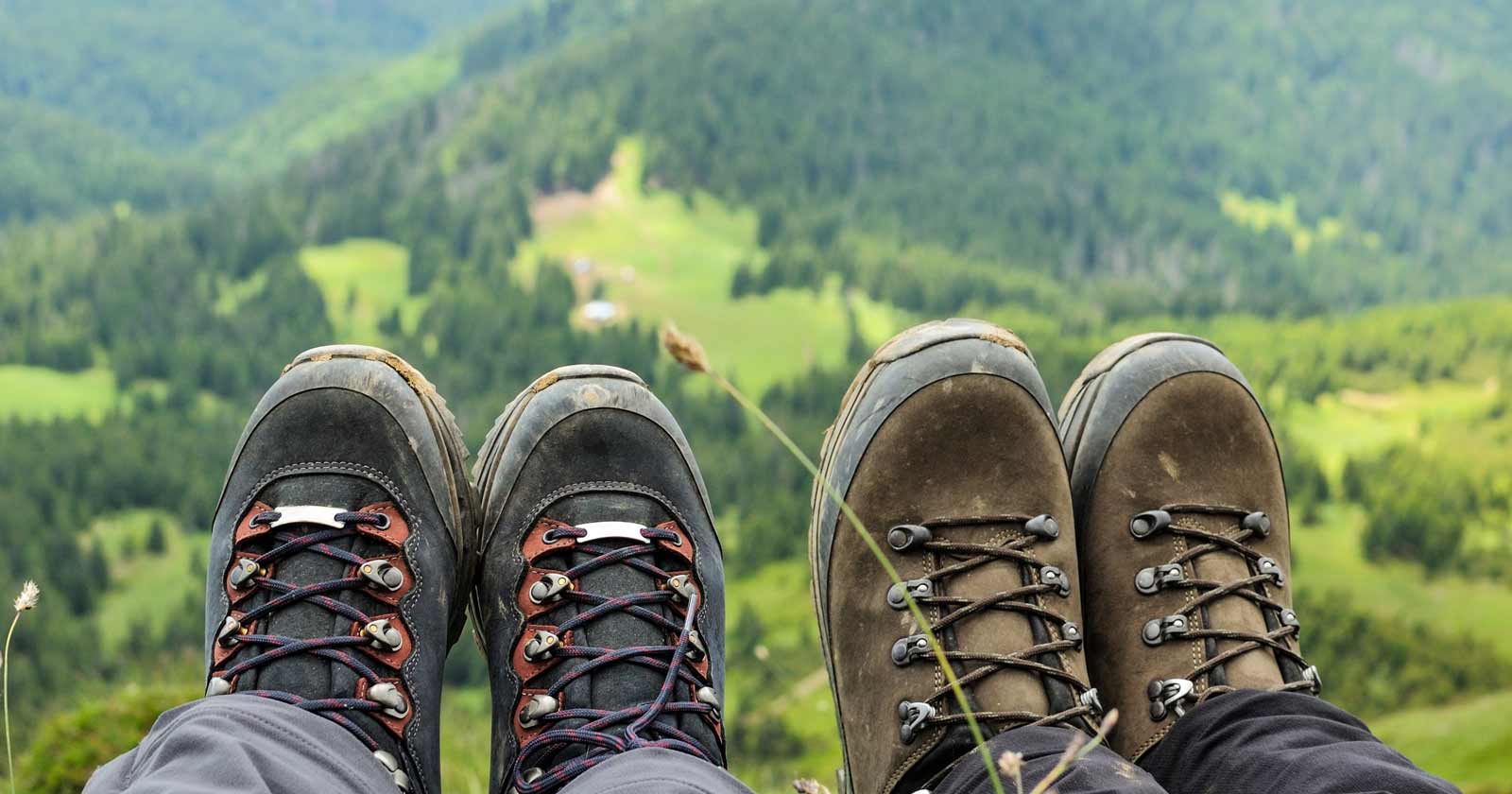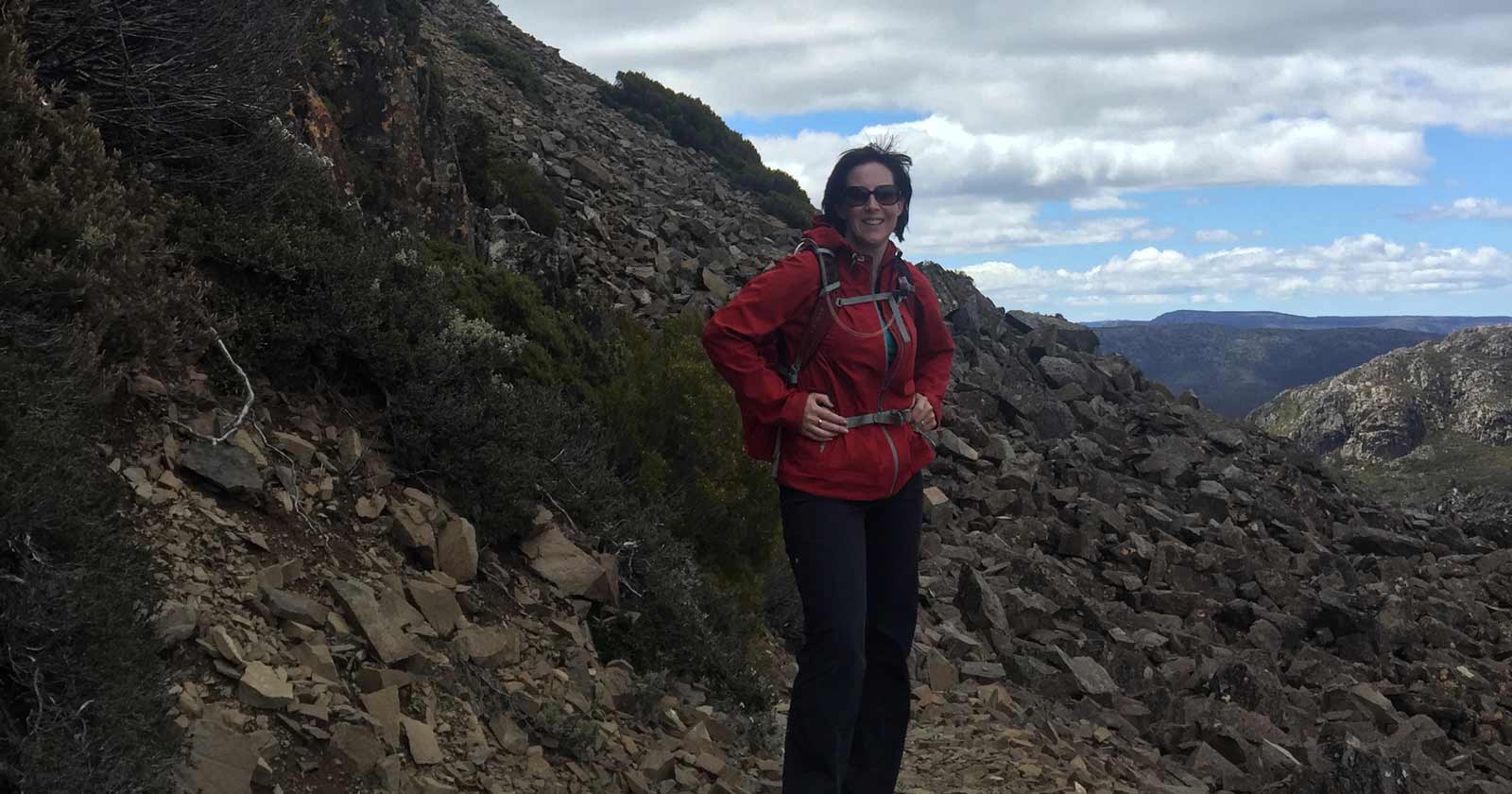Regardless of where you are in the wilderness, water is your most valuable commodity. If you have a good supply of water and you get lost or stranded, you’ve massively increased your chances of surviving long enough to be found by search teams, or to make it out alive on your own. If you don’t have water, you are going to need to find some, quick. Here are a few tips on How to Find Water on a Hike.
Finding a natural water source
When searching for an unknown water source the first step is to gain altitude. Climbing a ridge line, or even carefully climbing a tree is a great way to survey your surroundings and potentially locate a natural source of water nearby. From your raised vantage point, you also increase your chances of spotting birds and other wildlife.
Water in coastal areas
Fresh water can always be found along the sea coast by digging behind the wind-blown sand dunes which back most ocean beaches. The dunes trap rain water, which floats on top of the heavier salt water, filtered in from the ocean. Dune wells must be deep enough to uncover the top 5 cm of water only. If dug deeper, salt water will be encountered and the water from the well may be brackish and undrinkable.
Where cliffs fall into the sea a careful search along the lower edges of the cliff will generally disclose soaks or small springs. These in general follow a fault in the rock formation and will be evident by a lush growth of ferns and mosses.
If you cannot spot water directly, wildlife is your next best indication of water.
Certain species of wildlife will never stray far from a reliable source. Learning to read their movements, whether by actually seeing the animal moving through the wilderness or by following game trails, is a vital skill for anyone hoping to find water in the wild.
Following animals to find water in the bush
Wherever you are in the world, there will be wildlife. Depending on your surrounding environment, it may be more or less difficult to spot signs of animal movement. It can be easier to spot wildlife in the desert because it’s so flat. Gaining altitude gives you a distinct advantage if it is possible to do so.
In the High Country, you’ll likely find it more difficult to spot evidence of wildlife, but, you have the advantage of an undulating terrain. If you head downhill there is usually a good chance that you will find running water.
Look closely for evidence of game trails. Fresh droppings alongside paw prints or hoof prints heading downhill almost certainly lead to water.
Bees
Bees in an area are a certain sign of water but you will probably have to look for further indications before you actually find the water supply.
Ants
If you see a steady column of small black ants climbing a tree trunk and disappearing into a hole in a crotch between branches it is highly probable that there will be a hidden reservoir of fresh water stored away there. To get the water enlarge the hole with your knife-point at the top. Make a mop by tying grass or rag to a stick. Dip the mop into the water and squeeze into a cup.
Mason flies
Large, hornet-like creatures that are a certain indicator of water. If you see mason fly’s buildings in an area you can be sure that you are within a few hundred metres of a soak of wet earth.
Search around carefully and you will see the mason fly hover and then suddenly drop to the ground. Examine the place where it landed you will find the soil is moist. By digging down at most a couple of feet you will find clear, fresh, drinkable water.
Birds
All grain eating birds and most of the ground feeders require water. If you see their tracks on the ground you can be reasonably certain that there is water within a few kilometres of your location. An exception to this are parrots and cockatoos, which are not regarded as reliable indicators of water. With the approach of dusk, most grain eating birds will head for a water source to drink their fill before slowly flying back to their nesting places.
The carnivores, being flesh eating birds, get most of the moisture they require from the flesh of their prey. Consequently they are not reliable water-drinkers. Do not regard the presence of flesh-eating birds as an indicator of water in the area, nor should you regard water living birds as indicators of fresh or drinkable water.
Mammals
Nearly all mammals require water at regular intervals to keep themselves alive. Even the flesh eaters must drink. Mammals can go for long periods without water, and therefore, unless there is a regular trail or a series of converging trails you cannot always be confident of finding water where you see animals tracks.
Certain animals never travel far from water. A fresh track of a wild pig is one sign that there is water in the vicinity. The fresh track of kangaroos and most grazing animals, whose habit it is to drink regularly at dawn or dusk, should lead you to water if you follow converging trails downhill.
Reptiles
Most of the land-living reptiles are independent, to a very large extent, on water. They get what they require from dew and the flesh of their prey, and as a result are not an indicator of water in the area.
Alternative sources and techniques
There are a number of water procurement techniques: collecting water from plants, tree roots, fish, salt water, collecting dew, collecting water by transpiration. All of these require knowledge of the techniques and time and they may not produce the volumes that you need, particularly for a group. There is a distinction between gathering water and finding a water source and your best bet is to find water.
Some of this information has been adapted from www.survival.org.au






Thanks for the info! Keep up the good work Darren!
Thank you